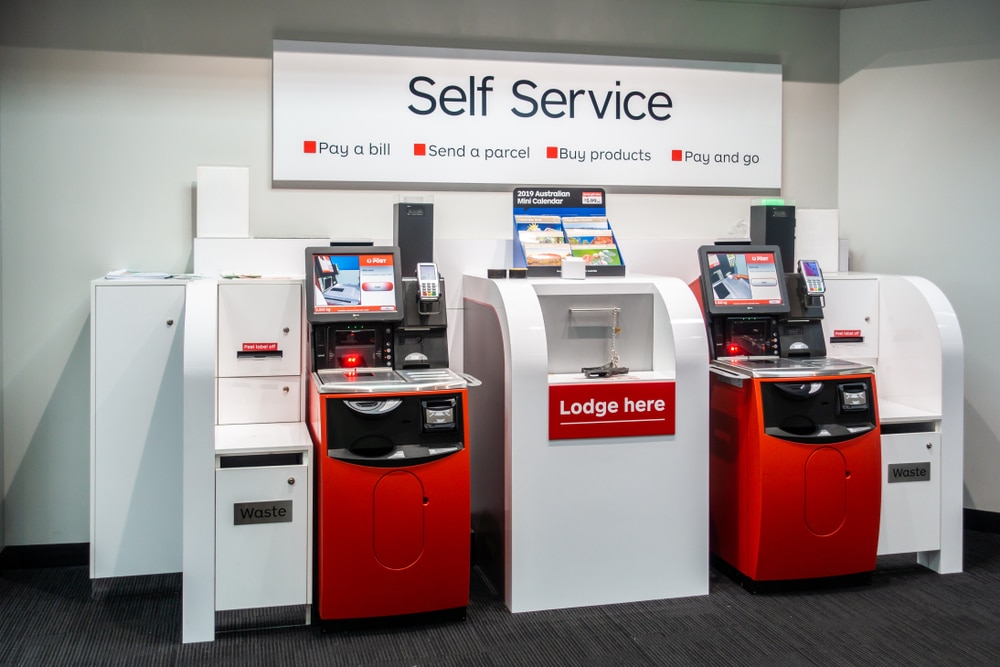Insight / Blog
A new model for ecommerce: Try Before You Buy

You’ve seen the headlines and you probably know that everyone from Asos to Amazon to Klarna are talking about (and more to the point, actually doing) try-before-you-buy ecommerce. Whether or not you’re in a position to offer such a service to your customers, it’s good to understand the benefits it offers and the objectives these retailers are setting.
Why are retailers launching Try Before You Buy now?
Try-before-you-buy is one part of a wider strategy to deal with some of the margin pains surfacing in ecommerce retail. Returns cost a lot of money to process, but they’re essential to converting customers. Making returns free and easy can allow some shoppers to ‘wardrobe’ – buying many items with the intention of returning all or most of them.
Retailers are using a two-pronged approach to tackle this costly behaviour. The try-before-you-buy services are the carrot; the stick is banning serial abusers. The bans are perhaps the less interesting aspect of this effort, although Asos has experienced some controversy for appearing to ban customers indiscriminately, which has been an interesting if not effective development.
Even more interesting is the creation of a new service with its own terms and conditions, attempting to turn a problem behaviour into a product. In this sense, Try Before You Buy (TBYB for short) is a genuinely innovative practice.
Who’s investing in try-before-you-buy?
Swedish payments provider Klarna’s Pay Later service allows retailers to offer delayed payment or payment in installments at checkout. The retail still gets the cash up front, helping with cash flow. Klarna works with a range of businesses, mostly in the fashion world, including ASOS, JD Sports, MIssguided and Topman.
Fast fashion giant and fellow Swedish company H&M have gone as far as investing in Klarna to deliver a try before you buy service to their customers.
In 2018 Amazon launched Prime Wardrobe, an extension to its Prime service which allows shoppers to pick three items to try on at home before returning unwanted products and paying for those they kept. This closely mimics the model of startups like Stitch Fix and Trunk Club. The latter was recently acquired by American apparel retailer Nordstrom.
What results have these retailers seen?
Numbers aren’t available for every Try Before You Buy program, but major providers like Klarna and some individual subscription based TBYB businesses do report on revenues and incremental gains from the model. Amazon themselves claimed a 23% uplift in clothing sales through Prime Wardrobe after its launch in November 2017.
US retailer and Trunk Club competitor Stitch Fix earned $1.2bn in revenue in 2018 with all sales using the Try Before You Buy model. Birchbox, which uses a similar model for cosmetics, has 1 million subscribers and 2.5 million active shoppers.
Klarna offers a deferred payment model for retailers to add to their checkouts which effectively allows customers to pay later whilst retailers still get paid upfront. They claim a 22% increase in items per basket, plus a 20% increase in purchase frequency and a 15% improvement in basket value for customers using the buy now pay later function.
A new model for ecommerce
In many ways, try-before-you-buy is a logical extension of the now-standard free returns offered by many retailers. Still, the try-before-you-buy concept needs protection from excessive returns just like regular ecommerce sales – perhaps more so, considering the deferred nature of payment in this model can hurt cash flow.
That’s why Amazon are restricting the Prime Wardrobe service to Prime members and have a much more restrictive 7-day period for trying on. Prime Wardrobe also mandates customers order between 2-6 items, preventing massive orders being returned and limiting the inventory time out of warehouse.
Similarly, US retailer Nordstrom purchased direct-to-consumer subscription business Trunk Club to enable a try before you buy offer for its customers. The Trunk Club model includes a $25 ‘Styling Fee’ which is taken off the final price of the items if all are kept. This way, the retailer gets to recoup the cost of returns if needed, thanks to its emphasis on the personal styling proposition.
Learning from TBYB
Whether or not you’re planning to implement a Try Before You Buy offer for customers, the adoption of the model by consumers and retailers alike highlights some important learnings.
Customers increasingly want flexible payment and returns options. eCommerce purchases ask customers to trust that they’re going to get the right item for their needs, sight unseen. This trust creates a barrier which can be overcome in a number of ways. Try Before You Buy achieves this by moving that purchase point to after they have seen the product first-hand. Whether this specific model is right and viable for retailers will depend on their unique conditions and capabilities.
What’s certain is that retailers need to be able to overcome that trust barrier for ecommerce shoppers. Whether they’re doing that with a slick and well-promoted returns proposition, buy now pay later or Try Before You Buy, retailers who can reassure customers that they won’t be stuck with a product they don’t want and money down the drain will continue to win.
Topics:
Related articles
7 tactics to drive self-service parcel drop-off adoption
Focusing on parcel kiosks, we explore 7 tactics to encourage customer adoption and drive volume into out-of-home (OOH) delivery networks.
Lessons from a decade in the first and last mile
A decade as Doddle taught us some lessons - and Blue Yonder helps us see what will matter in the next decade.
Postal results, reforms, and returns
Posts around the world are seeking reform, but how can they drive improved results in the short term?













